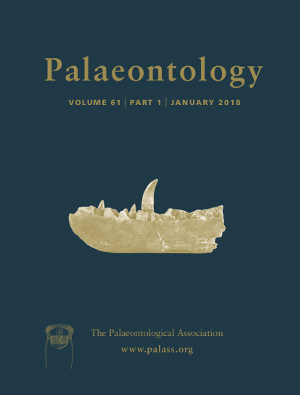Reg. Charity No. 1168330

Charcoal morphometry is increasingly employed in the analysis of Quaternary sediments, but has not been applied in studies of earlier sediments. We present findings relating to charcoal morphometry and morphotypes in a Toarcian sequence, which contains a preponderance of highly elongate forms, and morphometric values well outside expected ranges. SEM imaging reveals elongate particles of two distinct kinds. One originates in conifer xylem, and may be associated with formation at high levels of heating. It is proposed that the other may derive from tree ferns, or from plants with similar growth forms. Our results show the importance of recognizing the wide morphological variation that exists in sedimentary charcoal. Failing to do so may result in serious errors in its identification, interpretation and quantification.